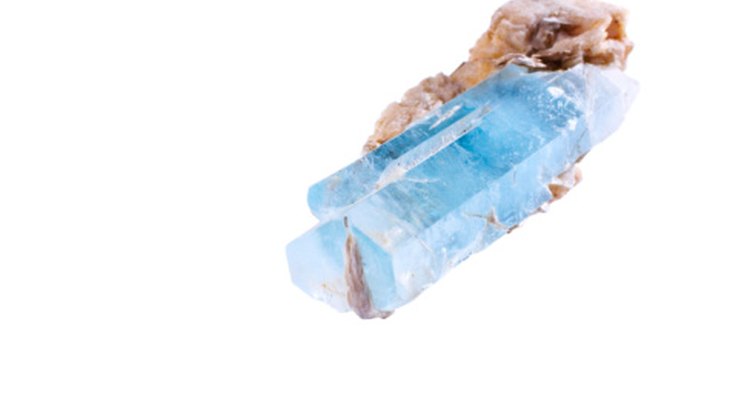
Most people think of diamonds, rubies, sapphires and emeralds when they think of fine jewelry. However, there are many semi-precious stones that are equally beautiful and sought-after by fine jewelry collectors. Not only are these stones brilliant and scintillating, they usually cost less than the four precious stones.
Topaz
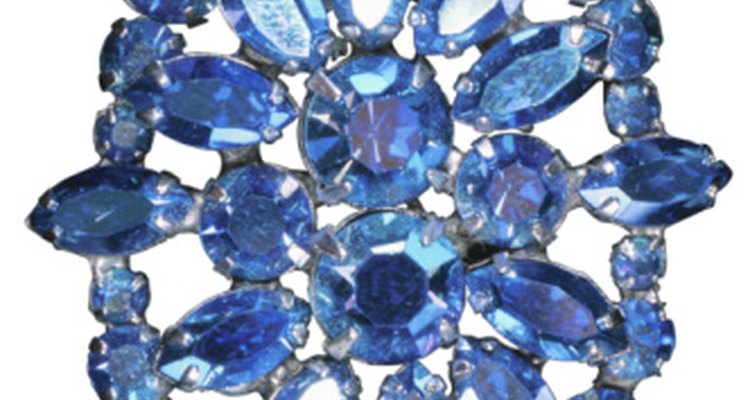
Discovered roughly 2,000 years ago, topaz comes in many colors, such as brown, pink, green, red and the most popular, blue. Blue topaz is used as the birthstone of December. It is believed that the word "topaz" originates from the ancient Greek word "topazos", which means "green gemstone." In recent years, a yellow topaz stone, called citrine, has become popular in jewelry pieces.
Amethyst
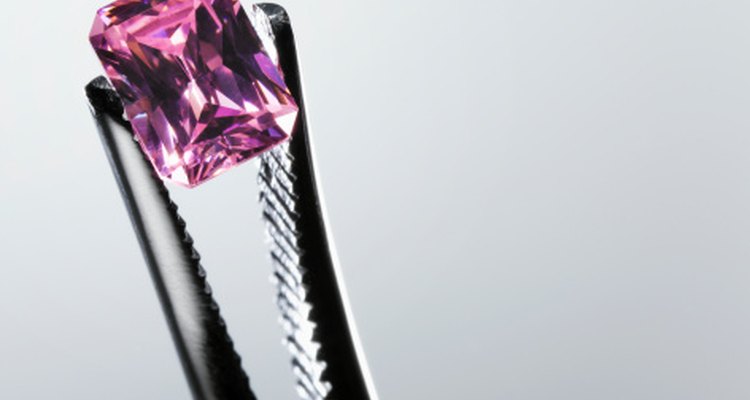
Amethyst is a member of the quartz family. Due to its widespread availability, this semi-precious stone is relatively inexpensive. This stone can be mined in Mexico, Brazil, United States, Canada, Russia, Italy and Germany. In fact, most gemologists can determine where a stone originated based on minor chemical elements found in each regional crystal. It is the birthstone for the month of February.
Aquamarine

Designated as the birthstone for March, aquamarine is a member of the beryl crystal family. It is also a traditional gift for the 16th and 19th wedding anniversaries. The color ranges from a pale blue to a teal shade. Currently, this semi-precious stone is mined in Brazil, Russia, Pakistan and parts of Africa. In folklore, it was said that sailors carried aquamarine to prevent seasickness.
Garnet
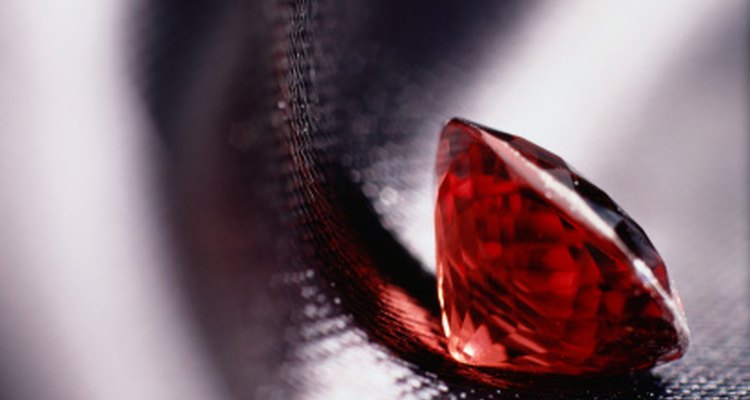
Although it can range in color from yellow, green, purple and orange, rad garnets are among the most sought-after. The word "garnet" comes from the Greek word "Garanatus," meaning "seedlike," in reference to a pomegranate. Garnets were one of the most popular stones used in Victorian jewelry. Garnets are also popular among New Age practitioners for healing properties and magical powers.
Related Articles

Physical Characteristics of the Ruby ...
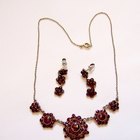
Difference Between Manmade & Natural ...

Types of Valuable Crystals

What Is Ceylon Sapphire?

What Is Marcasite Jewelry?

How to Polish a Dull Amber Ring

How to Clean Sterling & Turquoise ...

What Is 916 in Jewelry?
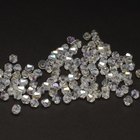
What Is Crystal AB?

Tanzanite Vs. Diamonds
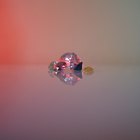
What Is Mercury Mist Topaz?

What Is a Pink Amethyst?

What Is Cognac Amber?

What Materials Are Used to Make Costume ...

Types of Masonic Rings

Engagement Rings From the 1980s

Which Types of Gems Are Most Expensive?

What Is a Slave Bracelet?

How to Clean Gold Jewelry With Stones

Difference Between Clover & Orange ...
References
Writer Bio
Mark Bouton has been writing professionally since 2010. He is a contributing writer for various websites, specializing in history, science, theology and art. He has a Bachelor of Science in theology from Philadelphia Biblical University.
Photo Credits
Thomas Northcut/Photodisc/Getty Images